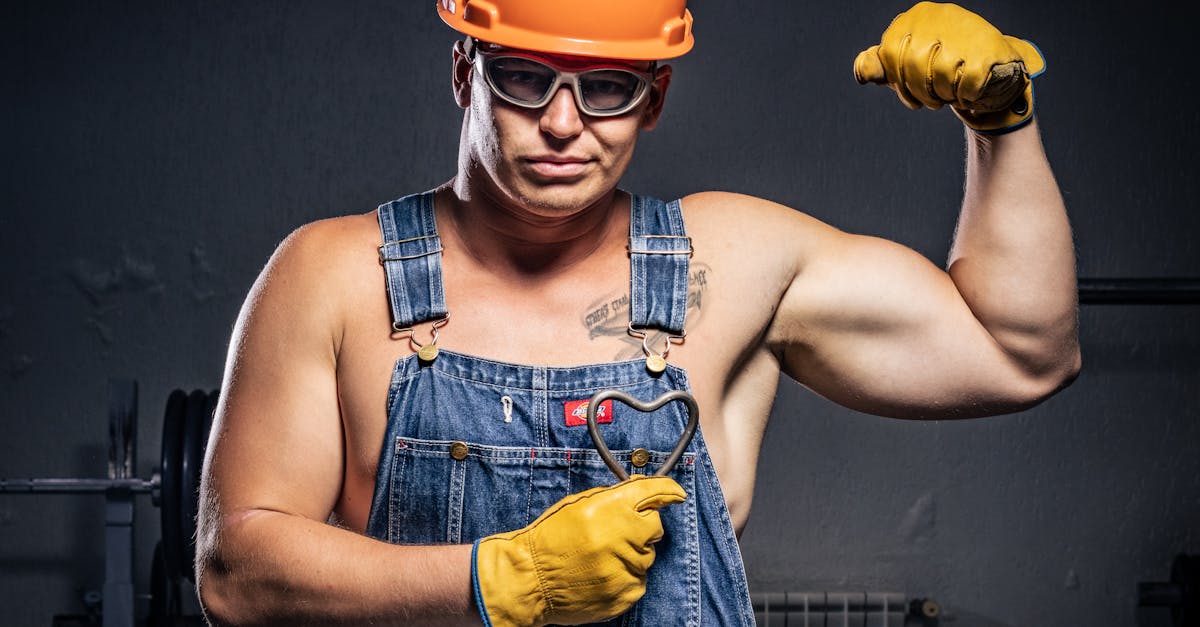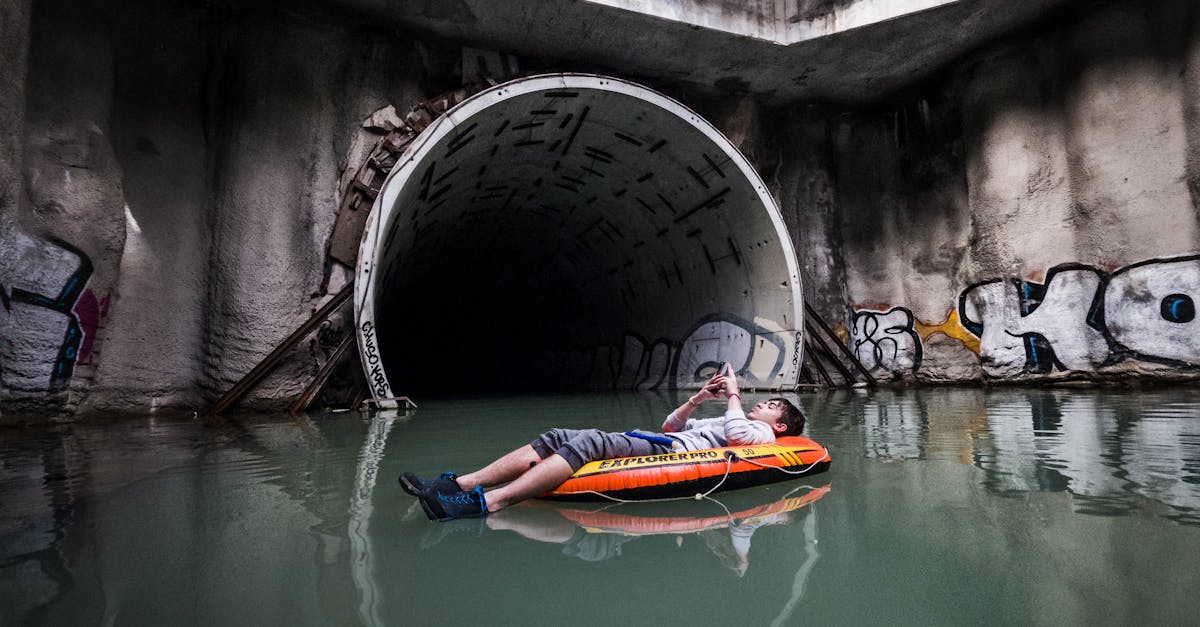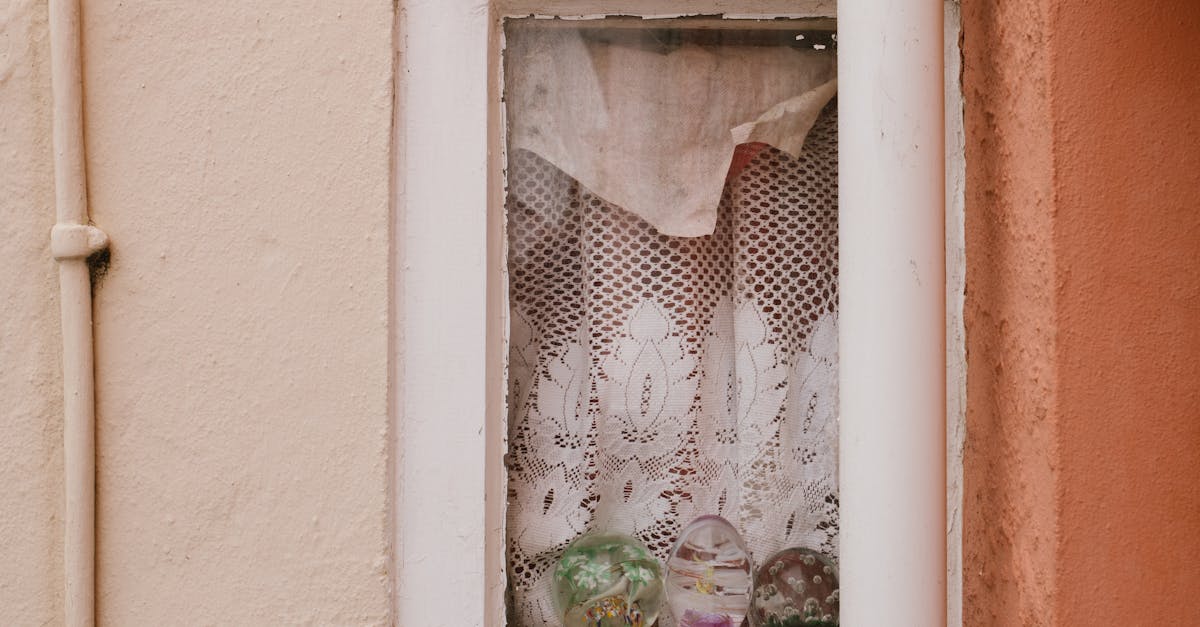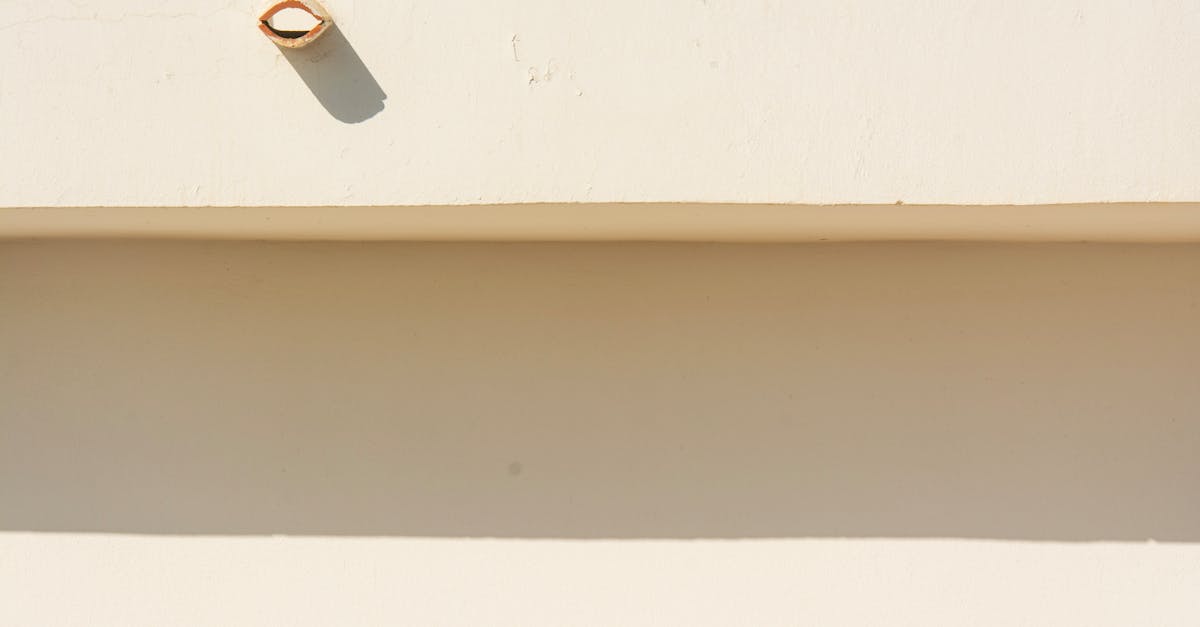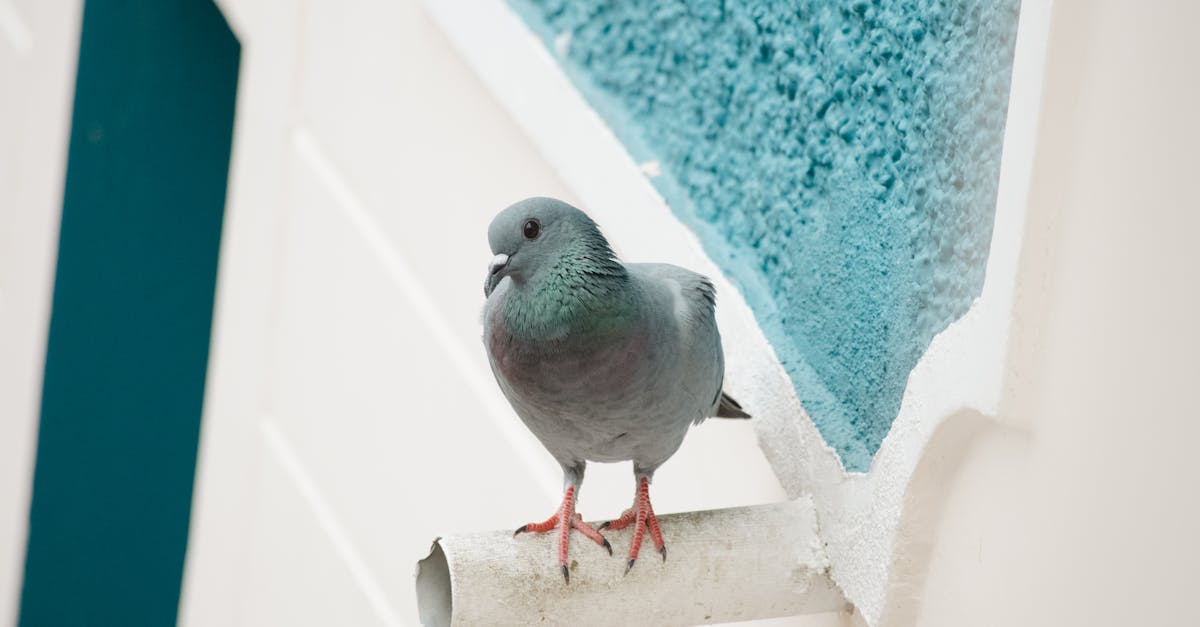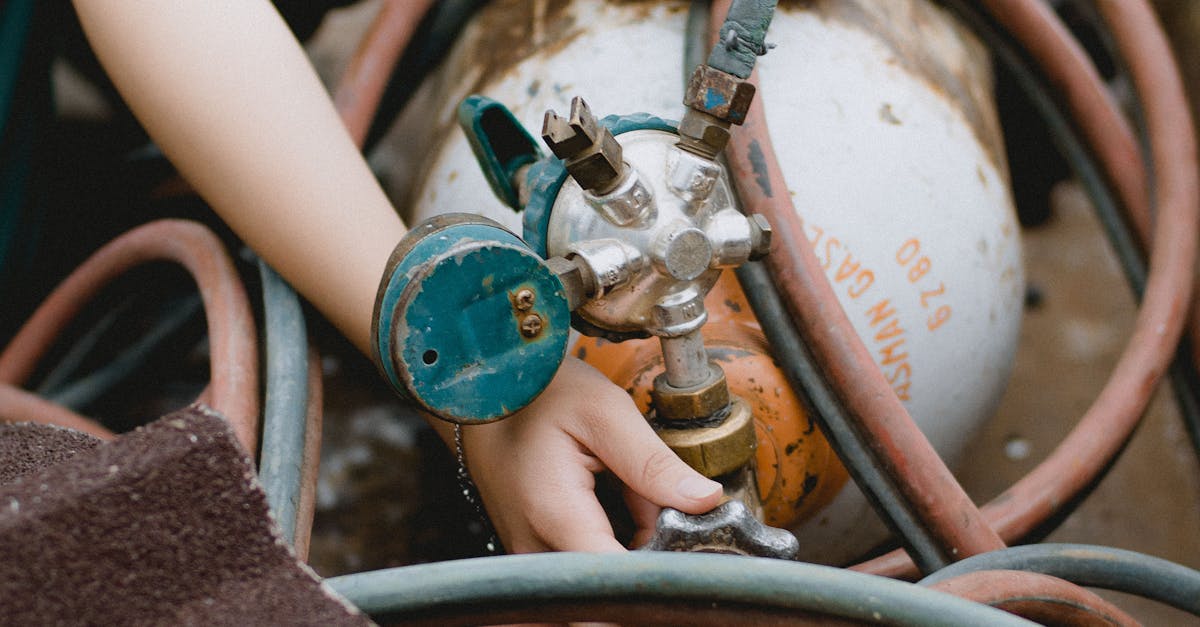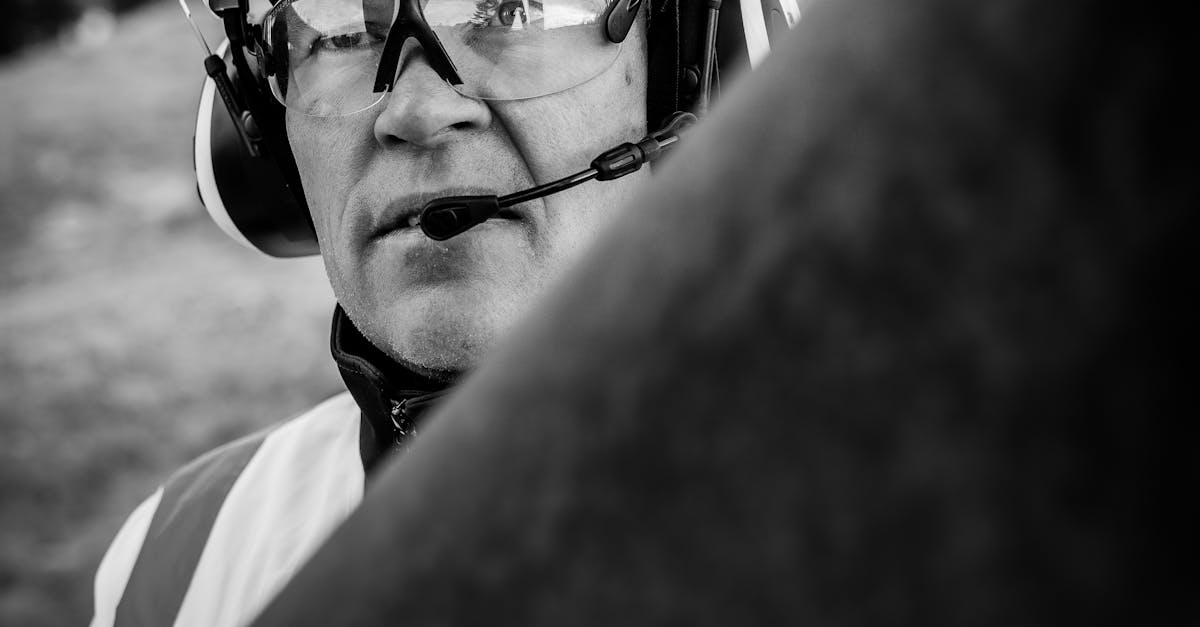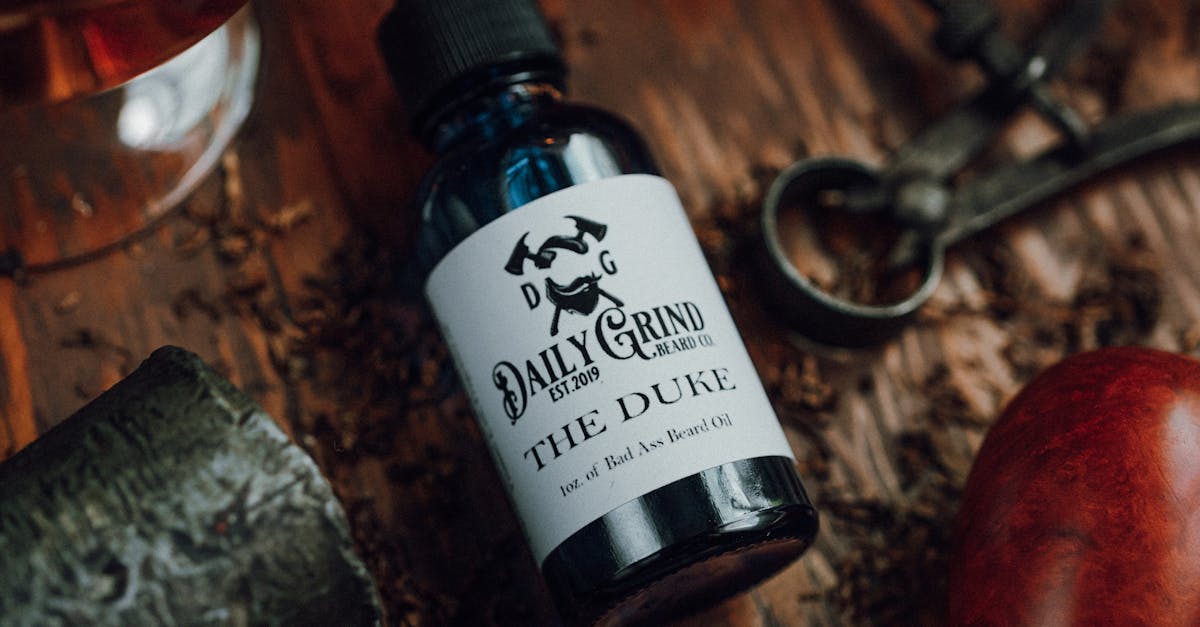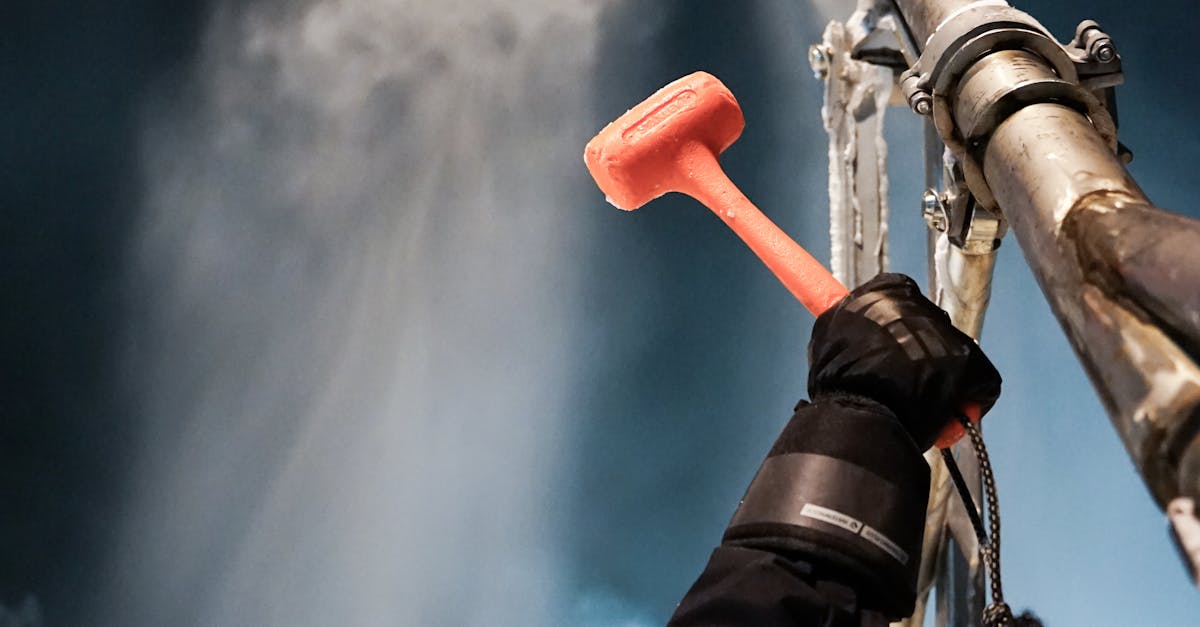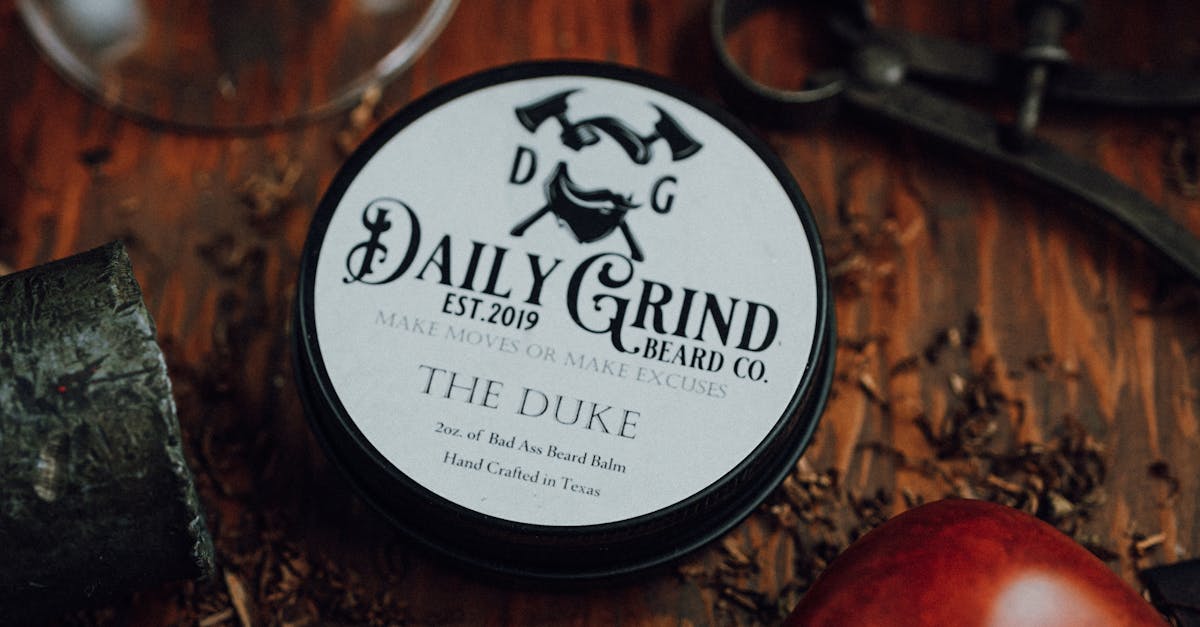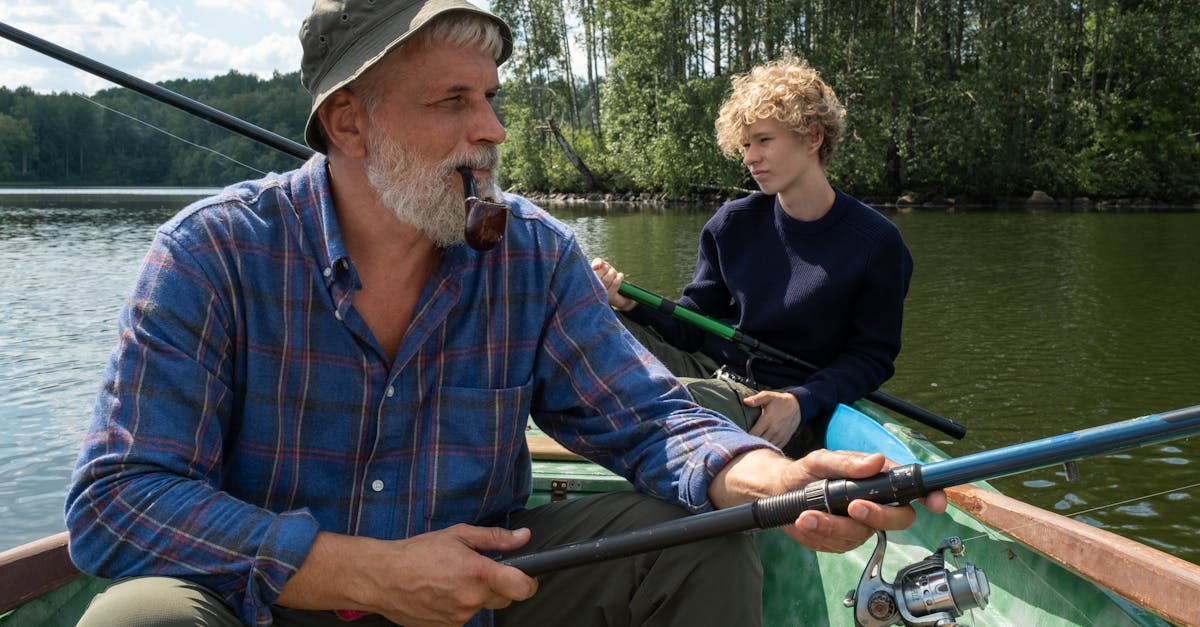
Table Of Contents
Comparison with Other Pipe Materials
Cast iron pipes often require maintenance and replacement due to corrosion and wear over time. Pipe relining offers a solution that not only extends the life of these pipes but also enhances their functionality without the need for extensive excavation. In contrast, newer materials like PVC are perceived as more durable and require less maintenance. However, PVC may not provide the same level of resistance to high temperatures and pressure as cast iron, making the choice of material dependent on the specific plumbing needs.
When considering pipe relining in comparison to other options, such as traditional replacement or using modern plastics, factors like installation time and disruption to property come into play. Pipe relining can be completed quickly with minimal disruption, allowing residents to maintain their usual routines while repairs occur. While PVC pipe systems can be installed at a lower upfront cost, the long-term durability and performance of relined cast iron may offer better value for homeowners in the long run.
Cast Iron vs. PVC and Other Options
When comparing cast iron pipes to newer options like PVC, it's evident that each material has its advantages and drawbacks. Cast iron is known for its durability and resistance to high pressures, making it a reliable choice for underground piping systems. While it can last for decades, the propensity for rust and corrosion poses a challenge. In contrast, PVC pipes are lightweight and resistant to external damage, offering a longer life span without the same risks of deterioration. However, their susceptibility to cracking under heavy pressure or extreme temperatures can be a concern.
Pipe relining presents an innovative solution for ageing cast iron pipes, effectively extending their lifespan without the need for excavation. This method creates a new, seamless lining inside the existing pipe, enhancing flow capacity and preventing leaks. While PVC may offer a simpler installation process, pipe relining for cast iron ensures the structural integrity of older systems is preserved. Homeowners can benefit from reduced disruption during repair work while enjoying the advantages of both materials in terms of longevity and performance.
Environmental Impact of Pipe Relining
Pipe relining offers a more environmentally friendly alternative to traditional pipe replacement methods. The process significantly reduces waste since the existing pipe does not need to be excavated and discarded. This means less material ends up in landfills, and the overall carbon footprint associated with manufacturing new pipes is diminished. Additionally, the minimisation of disruption to the surrounding landscape and infrastructure contributes further to its eco-friendly profile.
Moreover, the trenchless nature of pipe relining helps preserve natural habitats by limiting the need for extensive digging. It reduces the risk of damaging nearby trees, gardens, and other essential ecosystems. By utilising materials that are designed to last, pipe relining not only addresses current piping issues but also reduces the frequency of future repairs, promoting a long-term sustainable approach to infrastructure management.
Benefits of Trenchless Technology
Trenchless technology offers several advantages for pipe relining, significantly reducing disruption to properties and landscapes. This method eliminates the need for extensive excavation, allowing for quicker restoration and minimising damage to existing structures. Homeowners can often avoid the hassle of uprooting gardens or driveways, making it a more convenient option when addressing pipe issues.
Additionally, trenchless pipe relining typically results in less waste generated during the repair process. Traditional methods can produce substantial amounts of debris and require extensive clean-up afterward. By utilising modern techniques, the overall environmental footprint is lower, contributing to a more sustainable approach to plumbing repairs.
Cost Considerations for Cast Iron Pipe Relining
When evaluating the cost of cast iron pipe relining, it’s essential to consider both immediate and long-term expenses. The upfront investment can be higher than traditional pipe repair methods due to the advanced technology and materials involved. However, this cost is often offset by the reduced need for ongoing repairs and maintenance. The durability of relined pipes can lead to significant savings over time, as they are less susceptible to future damage and deterioration.
Moreover, the efficient nature of pipe relining can save homeowners on labour and excavation costs associated with conventional repairs. Trenchless technology eliminates the need for extensive digging, preserving landscaping and minimising disruption. This aspect not only translates to lower expenses but also enhances the overall value of property by ensuring the plumbing system remains in good condition for years.
Investment versus Longterm Value
Investing in cast iron pipe relining may seem costly initially, but the long-term value often outweighs these upfront expenses. This method significantly extends the lifespan of existing pipes, reducing the need for frequent repairs and replacements. Homeowners can enjoy the benefits of restored functionality without the disruption of traditional excavation methods. Moreover, this approach minimises the risk of further damage to surrounding infrastructure and landscaping, presenting a practical solution for property owners.
Furthermore, the economic advantages of pipe relining include saving on water and maintenance costs over time. The durability of the relined pipe can eliminate issues related to leaks and blockages, which often lead to costly emergency repairs. This longevity makes cast iron pipe relining an attractive option for those seeking to enhance their property's value while ensuring efficient waste management. The initial investment thus transforms into a strategic choice for sustainable property maintenance.
FAQS
How long can I expect cast iron pipe relining to last?
Cast iron pipe relining typically lasts between 50 to 100 years, depending on factors like the quality of materials used and the conditions of the surrounding environment.
What are the benefits of cast iron pipe relining compared to traditional replacement?
Cast iron pipe relining offers several benefits, including reduced disruption to your property, lower costs, and a quicker installation process compared to traditional pipe replacement.
Does the lifespan of relined pipes differ based on the type of resin used?
Yes, the lifespan of relined pipes can vary based on the type and quality of the resin used for the relining process. Higher quality resins may offer longer durability.
Can I extend the lifespan of my cast iron pipes after relining?
While relining significantly enhances the lifespan of cast iron pipes, regular maintenance and inspections can help identify any potential issues early, further extending their longevity.
Are there any environmental benefits to cast iron pipe relining?
Yes, pipe relining is considered an environmentally friendly option as it reduces the need for extensive excavation, minimises waste, and often uses fewer resources than traditional pipe replacement methods.
